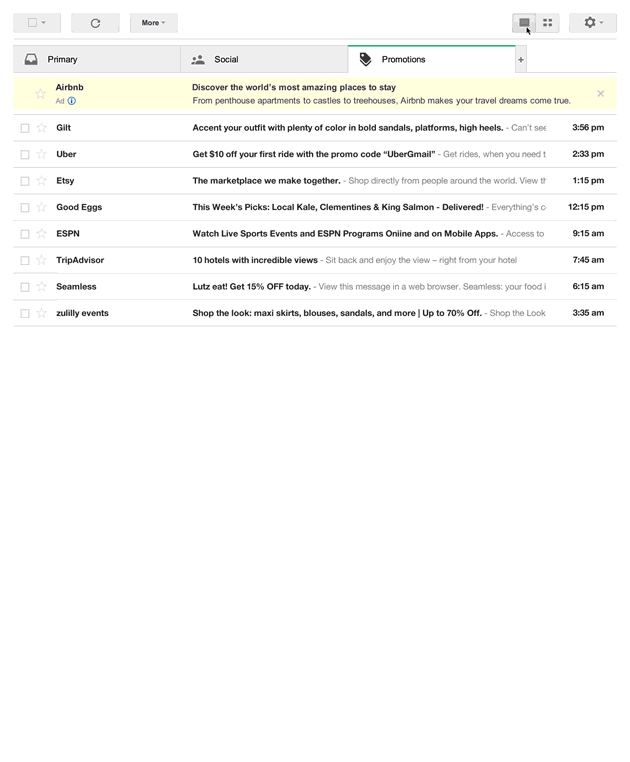Guest post by Will Stevens
Despite the social media hype, email still wins out
Email is a technological dinosaur, destined for the dustbin of history, while social networks are set to dominate communications, PR and advertising for years to come.
Or at least that’s the impression given by the mainstream press and many marketing blogs.
And is it really surprising? Headlines have always been dominated by the new and email now lacks the glamour of Facebook and Twitter.
Of course, social media’s dominance of the news agenda is helped by the fact the largest networks are able to spend big money to grab column inches, while email, by and large, has to fend for itself.
That is until you start to look at the figures.
The backbone of the internet
Facebook is doing well, with 60 million updates a day, while around 140 million tweets are sent every 24 hours.
However, email trumps the lot with 188 billion messages sent a day.
Volume isn’t always an accurate measure of value, but even when you dig deeper into the overall worth of various marketing channels, email wins out over social.
Earlier this month, AdPulp reported email is still consumers’ preferred channel when being introduced to a new product, while figures from Econsultancy show that, outside of search engine optimization, email marketing offers the best return on investment of any channel.
Email, it seems, is the backbone of our online lives, but its stock in the eyes of users appears to be falling.
Familiarity breeding indifference?
Research by 123-reg reveals just 29 per cent of people think having an email address tied to a bespoke domain name is vital for a business and the figure fell to 22.3 per cent for those aged 18-24, a demographic often seen as more technologically astute.
But what are we to make of this? Certainly not that consumers wouldn’t mind being sent special offers from an email address like “Amazon@gmail.com”.
However, it does seem to indicate that the email’s value is being eroded in the eyes of the public.
The below graphic offers further evidence for this theory.
Created using Moz’s Fresh Web Explorer tool, it shows “Facebook” (in green) is talked about online more often than “email” (blue), with “Twitter” (red) in third place.

Clearly then, email is losing the PR battle, but that doesn’t mean it will inevitably lose value as a marketing tool?
The unsung hero of the internet
As things stand you need an email address to sign up for Twitter and Facebook, while almost every reputable online store asks for your email account as part of the purchasing process.
Yet despite this ubiquity, or perhaps because of it, email no longer garners widespread attention.
So if email is set to become the unsung hero of the internet, it is up to marketers to ensure their clients and employers continue to recognize the benefits of what remains a powerful marketing channel.
No one can tell what the future holds and it’s possible that social media will one day eclipse email when it comes to ROI, but until that day arrives it’s the responsibility of those managing campaigns to ensure no one gets carried away by what is still, for the most part, hype.
Besides, smart marketers won’t be thinking of a shift from email to social, nor will they view things as a straight fight between the two channels.
The real move is from interruptional marketing to inbound marketing and creative, opt-in email campaigns will play a huge part in this new landscape.
Email may have lost its glamour, but it hasn’t lost its power and that’s what really counts.
Guest post by Will Stevens of 123-reg, the UK’s largest domain name registrar.
The post Guest Post: Email Marketing Isn’t Just Holding Steady, It’s Blowing Up appeared first on AdPulp.




















